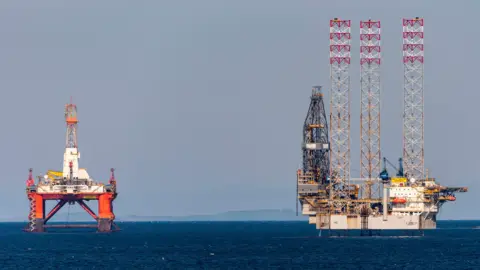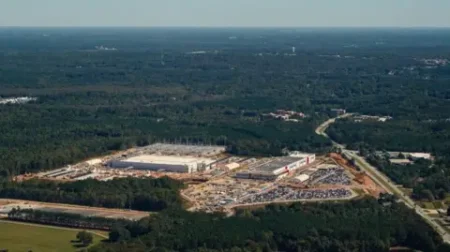The North Sea operators are now facing a looming crisis as regulatory authorities warn that time is running out for the decommissioning of old oil wells. This urgent scenario was brought to light by the North Sea Transition Authority (NSTA), which has signaled that firms could face penalties if they continue to procrastinate in addressing the backlog of over 500 wells designated for plugging. These wells, which have reached the end of their operational lives, require timely decommissioning to prevent environmental dangers and financial repercussions.
The NSTA’s alarm bell comes at a considerable financial cost, estimated to be around £41 billion, with both the private sector and taxpayers bearing the brunt. The authority cautioned that any additional delays in this process could inflate costs by an extra £4 billion. Offshore Energies UK (OEUK), a prominent industry body, acknowledged the challenges posed by “policy instability,” which has left the industry in a state of uncertainty. Nonetheless, OEUK affirmed its commitment to moving forward with the decommissioning process.
When oil wells reach the end of their productive life, their operators are legally required to decommission them. The NSTA has initiated investigations after noting that numerous operators had failed to meet their deadlines for plugging wells. The impact of these delays is significant, not only risking the loss of operational rigs to overseas work but also increasing overall costs for the sector. The operator’s capacity to respond effectively must be timely to maintain competitiveness and operational capabilities.
The situation is compounded by an anticipated surge in the number of wells facing decommissioning, projected to exceed 1,000 additional wells by the end of the decade. This potential crisis has been underlined by Pauline Innes, the NSTA’s Director of Supply Chain and Decommissioning, who urged operators to take immediate action. Innes stated, “The stark reality is that operators are running out of time to address the backlog,” highlighting the urgency of the current situation as contractors consider withdrawing their vessels from the North Sea in search of opportunities elsewhere.
In terms of actual decommissioning progress, the numbers from 2024 show a big disparity between the demand and what has been accomplished. Only 103 wells were fully decommissioned to the final abandonment stage, while activities were recorded on 223 others. To effectively tackle the backlog, an annual decommissioning of at least 300 wells is required. This disparity demonstrates the complexities and challenges associated with decommissioning operations.
Ricky Thomson, a decommissioning manager within the industry, stated that the uncertainties surrounding policies such as the Energy Price Levy and other regulatory processes have contributed to project delays and rising costs. The industry is currently working with the government to create a stable regulatory and fiscal framework, a critical element for conducting efficient decommissioning that aligns with the country’s economic objectives and environmental commitments.
In conclusion, the urgency of the North Sea decommissioning process cannot be overstated. With a significant backlog of wells awaiting closure, the industry must navigate the complex landscape of regulatory pressures and economic implications to ensure proper decommissioning while maintaining competitiveness in the energy sector. The North Sea Transition Authority’s proactive stance and the collaborative efforts of industry stakeholders will be vital in setting a path forward that prioritizes timely action, regulatory compliance, and sustainable practices for the future of energy production in the region.











